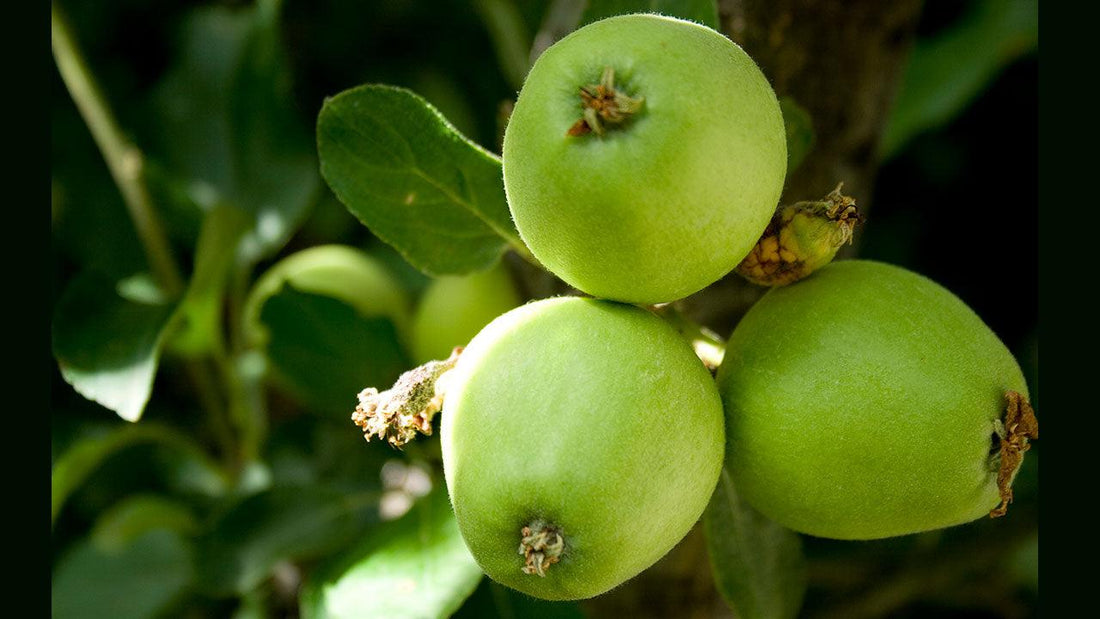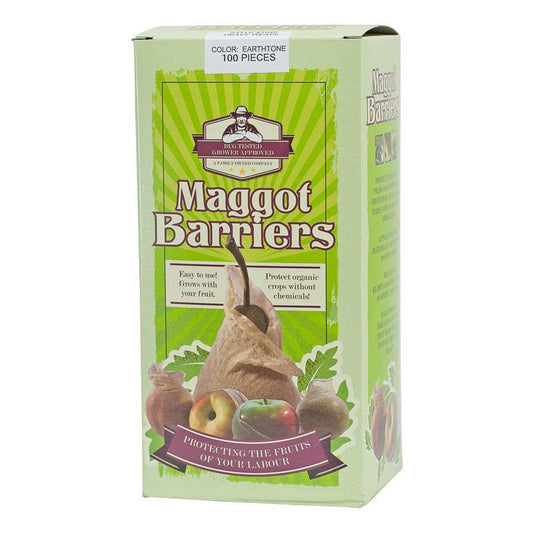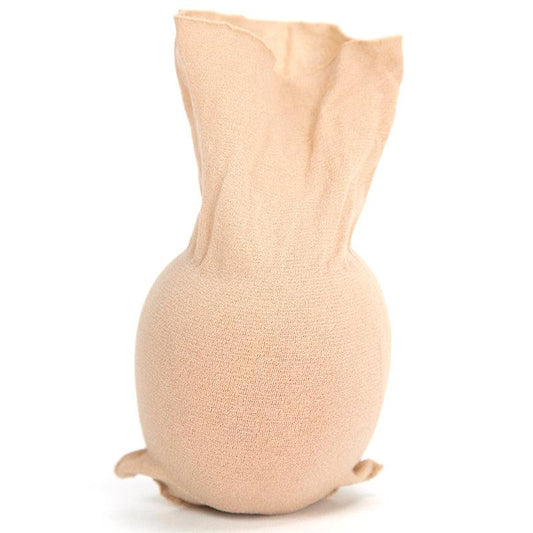How to Keep Those Worms Out of Your Apples and Pears
If you’ve ever bitten into an apple or pear and found an unwanted guest inside, you’ve likely met the infamous codling moth. These pests are notorious for damaging apples, pears, and walnuts, leaving unsightly holes and spoiled fruit in their wake. But don’t despair—effective management is possible! By understanding their life cycle and using integrated pest management (IPM) strategies, you can prevent these pests from ruining your harvest.
What Are Codling Moths?
Codling moths are small, inconspicuous pests that lay their eggs on the leaves or fruit of apple, pear, and walnut trees. While the adult moths may look harmless, their larvae—commonly referred to as the "worms" in your fruit—cause significant damage. After hatching, the larvae burrow into the fruit to feed, rendering it unfit for consumption.
Messing with the Life Cycle of the Codling Moth
The key to controlling codling moths lies in interrupting their life cycle. By targeting the pests at different stages of development—egg, larva, pupa, and adult—you can effectively reduce their population and protect your fruit.
Understanding the Codling Moth’s Life Cycle
- Egg Stage: Eggs are laid on leaves or fruit.
- Larva Stage: The larvae emerge, bore into the fruit, and feed.
- Pupa Stage: After exiting the fruit, the larvae pupate in tree bark or soil.
- Adult Stage: Adult moths emerge to mate and repeat the cycle.
Strategies for Codling Moth Control
1. Stop the Egg Laying
To prevent egg-laying, use codling moth traps to capture male moths before they can mate. These traps release pheromones that lure male moths, reducing the chances of successful reproduction.
- When to Set Traps: Start at bloom time.
- Placement: Hang traps in the upper third of the tree canopy. Use 1–2 traps for smaller trees and 2–4 for larger ones.
- Maintenance: Replace lures every 8 weeks, continuing until harvest.
By monitoring trap activity, you can also gauge the presence of codling moths and adjust your pest control efforts accordingly.
2. Make the Larvae Sick
One of the most effective organic treatments is the insecticidal virus CYD-X, which specifically targets codling moth larvae.
-
Benefits of CYD-X:
- Safe for beneficial insects.
- Approved for organic use by the Organic Materials Review Institute (OMRI).
- Targets larvae during hatching.
-
When to Apply: Timing is crucial. Use UC Davis’s degree-day program to determine the optimal application period based on temperature and local conditions.
3. Block the Larvae from Entering the Fruit
A physical barrier is an excellent way to keep larvae from burrowing into your fruit. Maggot barriers, small nylon stockings that expand as the fruit grows, can protect individual fruits from infestation.
- How to Use: Slip a maggot barrier over each fruit shortly after it forms.
This method is particularly useful for smaller orchards or backyard trees.
4. Stop the Larvae from Pupating Over the Winter
Larvae that leave the fruit seek sheltered areas, such as loose bark or soil, to pupate. You can disrupt this stage by using trunk bands and practicing good orchard sanitation.
- Trunk Bands: Wrap sticky or fabric bands around the trunk to trap larvae as they descend.
-
Sanitation Tips:
- Spring: Remove affected fruit and pick up fallen fruit regularly.
- Fall: Remove any remaining fruit and rake up leaves to eliminate hiding spots.
Scaling Up for Large Orchards
Managing codling moths in a large orchard requires additional tools and supplies:
- Confusion Pheromone Dispensers: Hang dispensers like Isomate CTT to confuse moths and disrupt mating.
- Surround Kaolin Clay: Apply this powder as a surface barrier to deter pests from laying eggs on your trees.
- Increased Quantity of Maggot Barriers and CYD-X Virus: Larger orchards will need more barriers and virus applications to cover all trees effectively.
Why Integrated Pest Management (IPM) Works
Using an IPM approach ensures that you are targeting the codling moth at multiple stages of its life cycle. Combining biological controls, physical barriers, and cultural practices creates a comprehensive defense system that minimizes damage while protecting beneficial insects and the environment.
Additional Tips for Codling Moth Management
-
Monitor Regularly
- Check traps frequently to track pest activity.
- Look for signs of damage, such as small entry holes in fruit.
-
Combine Methods
- No single method will completely eradicate codling moths. Use a combination of traps, barriers, sprays, and sanitation for the best results.
-
Consult Local Resources
- Your county’s Cooperative Extension office can provide region-specific advice and help you navigate any permit requirements for products like CYD-X or Surround.
For the Home Gardener
For smaller orchards or backyard trees, the Pest Wizard Codling Moth Trap Kit is an excellent option. This kit includes everything you need to monitor and manage codling moth populations effectively.
Conclusion
Don’t let codling moths ruin your harvest. With the right combination of monitoring, physical barriers, organic sprays, and good orchard hygiene, you can enjoy worm-free apples and pears. By understanding their life cycle and targeting them at each stage, you’ll ensure healthier trees and better fruit year after year. Grow organic for life!
For more information on codling moth control, see the UC Integrated Pest Management Pest Note on the Codling Moth.
🛡️ Resource Area: Organic Codling Moth Management
Combine monitoring with natural treatments to manage codling moths without harsh chemicals:
- How to Monitor Codling Moth Activity in the Spring – Emphasizes trap placement and monitoring timing to support control strategies.





2 comments
Eduardo, it is hard to diagnose what is causing the problem. You might be better off taking a sample of the leaves to a local nursery or Ag Extension office and see if they can diagnose the problem. Codling moths attack the fruit and not the leaves. Most likely a problem with the tree’s nutrition.
Hello! I have a small apple tree (I planted it 3 years ago) and most of the leaves seem to be sick. Is there something I can do or buy to help it?/Users/eduardohernandez/Desktop/IMG_7273.jpeg